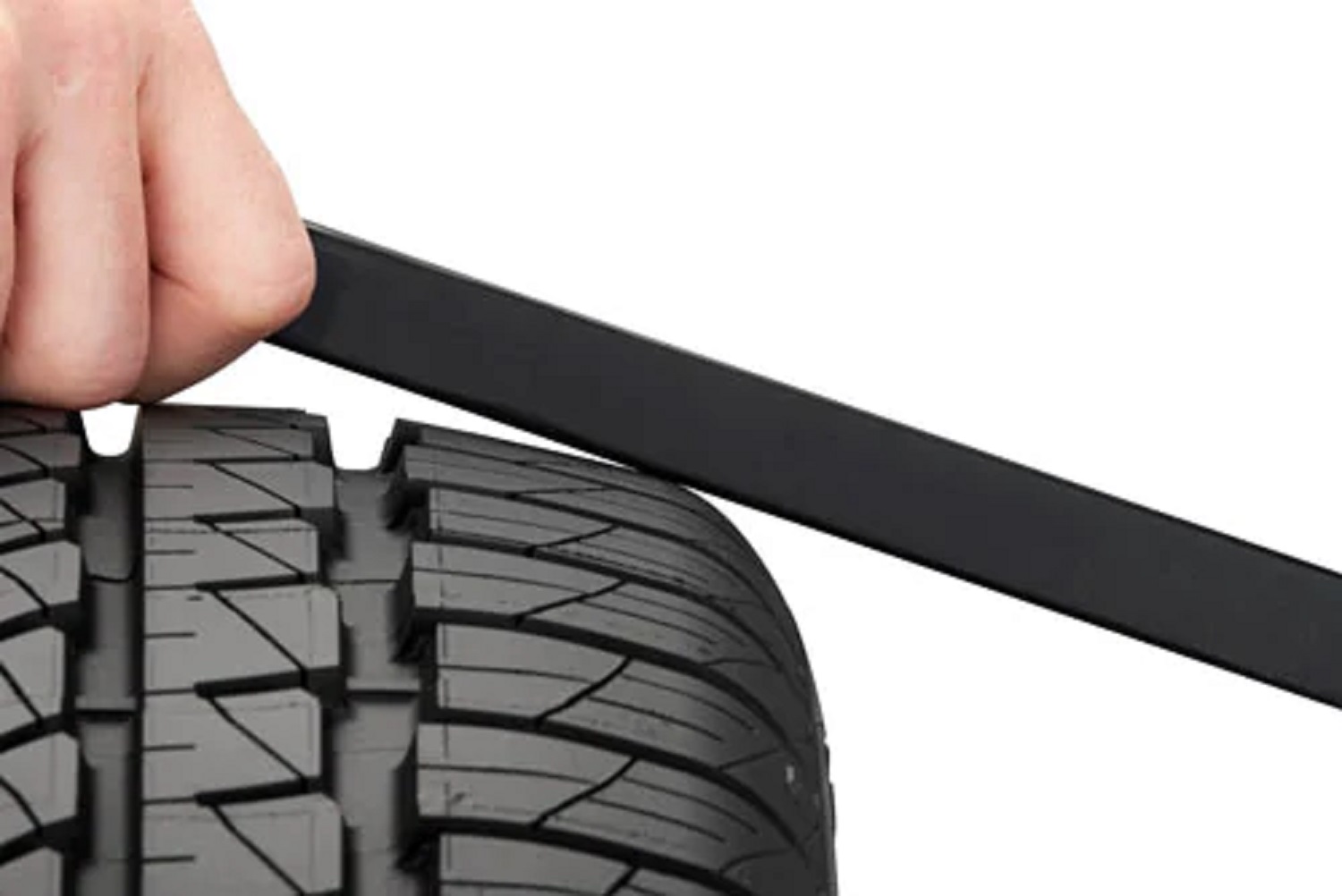MEASURING TIRE DIMENSIONS
Tires are measured and coded by their dimensions. Tire sidewall codes give you infornmation about the tire’s size. These dimensions are expressed in various measuring units such as millimeters, inches, and percentages.The various units help tire experts classify tire and wheel dimensions. We have already talked about reading dimensions in the tire size code in a previous blog. The section width, aspect ratio, and rim diameter all make up the tire size code. Below are a few additional examples of dimensions when it comes to tires.
SECTION WIDTH
Section width is the distance between the two sidewall’s widest points. By measuring from the farthest points of the opposing sidewalls, you will get the most accurate reading of the section width. However, this measurement does not include any raised lettering or markings on the sidewalls of the tire. The physical width of the tire can change if the tire is mounted on a wheel slightly wider or narrower than the size indicated by the section width. The section width shows up as the first number in a metric tire size code, usually in millimeters.
SECTION HEIGHT (SIDEWALL)
The distance between the top of the tire tread and the bottom of the tire bead is defined as the section height. By measuring from the top of the tread to the bottom of the bead, you will find the size of the sidewall. Tire fitment experts use this measurement to determine the aspect ratio, which helps them determine if certain plus sizes can be mounted on a given vehicle. The aspect ratio can be found by dividing the sidewall height by the tire width. This is expressed as a percentage.
READING & MEASURING TREAD DEPTH
You can find a tread depth gauge at an auto parts store or online. Some gauges are shaped like needles, where a probe extends out of the end of the gauge to measure the tread depth of your tire’s grooves. To find your tread depth, carefully look over your tire to find the lowest, most worn area along the tire’s tread. Place the probe end of your tread gauge into the lowest point between the tread points. Gently push down on the gauge’s handles until the handles meet the top of the tread blocks and stops. This will cause a bar to extend out from the opposite end, toward you. Remove the tread gauge and read the bar to check the tire tread depth reading. If your tread reads below 4/32nds, it is recommended to replace your tires as soon as possible. Due to the fact tires can wear unevenly, it is recommended to check your tire's tread depth in multiple areas.





